15 Wild Truths About Carpooling Before SUVs Took Over
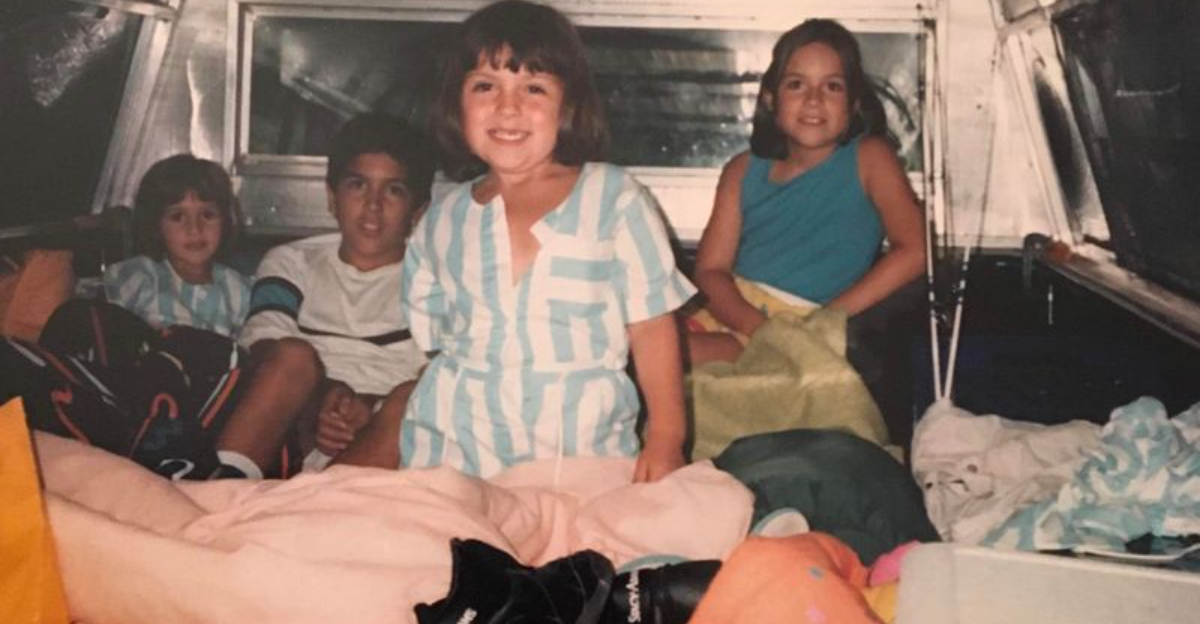
Remember when carpooling meant cramming into station wagons with faux wood paneling or piling into roomy sedans with those classic bench seats? I sure do!
Back in the ’80s and early ’90s, before oversized SUVs and ride-share apps took over the roads, carpooling was less about convenience and more about community. Whether it was the neighborhood rotation for getting kids to school or coworkers taking turns behind the wheel on the daily commute, shared rides were social events in themselves.
Conversations flowed, friendships formed, and car games passed the time in ways that earbuds and personal screens never could. There was a certain charm to the chaos—seatbelt tangles, forgotten lunches, and all. Those rides didn’t just get us from point A to B—they brought us closer, one mile and one memory at a time.
1. The Dreaded Rear-Facing Station Wagon Seat
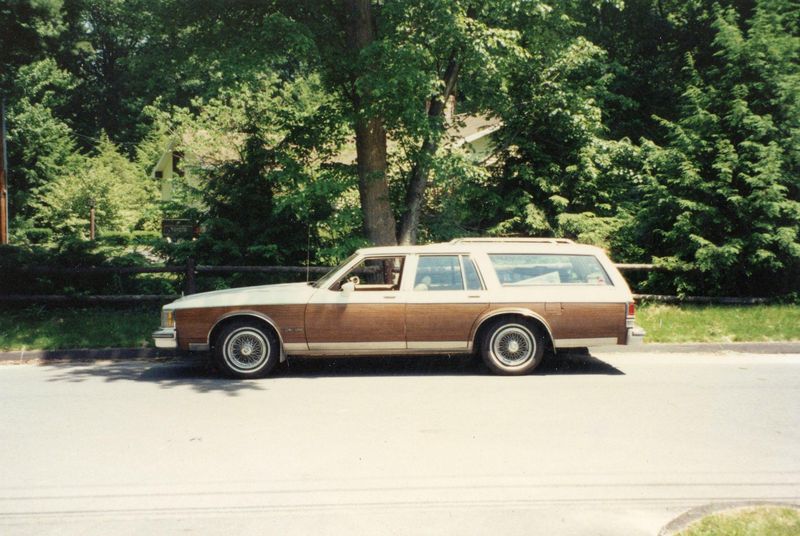
Feeling queasy just thinking about those fold-up seats in the cargo area! They faced backward so you stared directly at the car behind you, creating the most motion-sickness-inducing experience known to childhood. I threw up twice during my friend Jimmy’s birthday trip to the water park.
These torture chambers disguised as seats had zero cushioning and were basically metal frames with thin vinyl coverings. Your legs would go numb after twenty minutes, but we still fought over them because they felt exclusive.
The worst part? Communication with the front seat was nearly impossible over road noise, so you’d resort to dramatic hand gestures when you desperately needed a bathroom break or were about to redecorate the cargo area with your lunch.
2. The Sacred Driver Rotation Calendar

Suburban moms operated with military precision when it came to carpooling schedules. The kitchen calendar with color-coded carpooling assignments was more important than any government document! My mom would panic if someone called with a last-minute switch.
Trading days was a complex negotiation that could strain friendships. “I’ll take Thursday if you cover my Monday next week AND the first Tuesday next month” was standard bartering language among the driver coalition.
Forgetting your assigned day was an unforgivable social crime. Nothing was more mortifying than the phone ringing at 7:45 AM with an angry parent asking where you were, while six kids waited at the curb with increasingly heavy backpacks and diminishing patience.
3. The Unspoken Hierarchy of Seating Positions
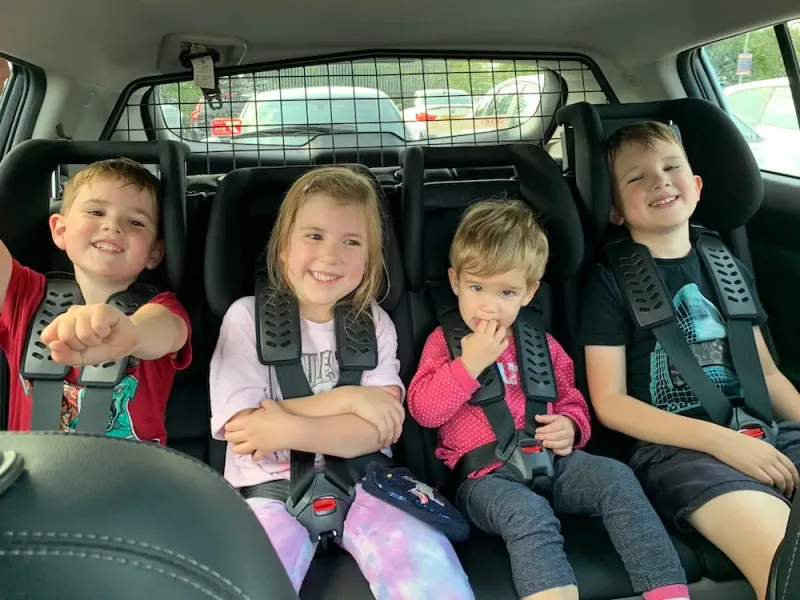
Shotgun wasn’t just a seat—it was a status symbol that came with sacred responsibilities like navigation and radio control. I once maintained a perfect shotgun record for an entire semester of debate team travels, earning me legendary status among my peers.
Middle seats were for the lowest-ranking carpool members or latecomers. If you showed up last, you were sentenced to the dreaded hump seat with no legroom and an awkward posture that left your back screaming.
Window seats went to kids prone to motion sickness (a medical exemption everyone respected) or the carpool alpha who claimed territorial rights. The most bizarre power move? Some drivers’ kids insisted on sitting behind their parent, creating an asymmetrical seating arrangement that somehow felt wrong to everyone else.
4. The Breakfast Club on Wheels
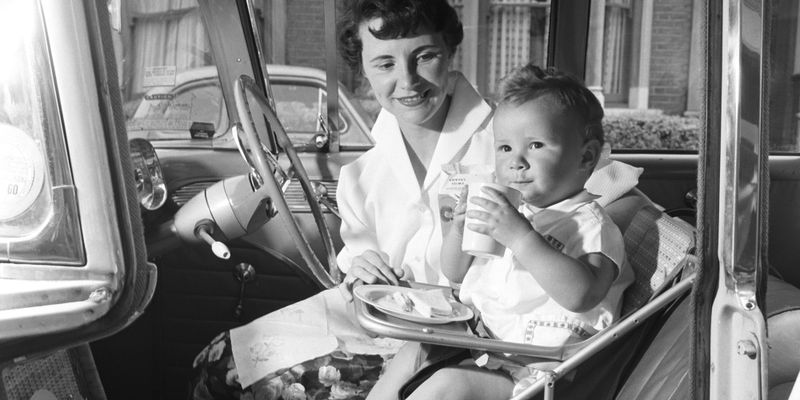
Morning carpools transformed ordinary sedans into mobile dining halls. Half-eaten Pop-Tarts, banana peels, and spilled orange juice created a unique ecosystem in the car’s carpet. Mrs. Henderson’s Buick smelled perpetually of maple syrup and Aqua Net hairspray.
Homework completion reached Olympic speeds as we frantically copied each other’s math problems before arriving at school. The phrase “can I see your homework real quick?” was code for “I forgot to do mine and need to copy it now.”
Some of life’s biggest decisions happened during these morning commutes. Who was asking whom to the dance, which lunch table alliance was forming, and critical fashion verdicts were all determined before 8 AM. The carpool was essentially a rolling student council where reputations were made and broken between stoplights.
5. The Radio DJ Dictatorship
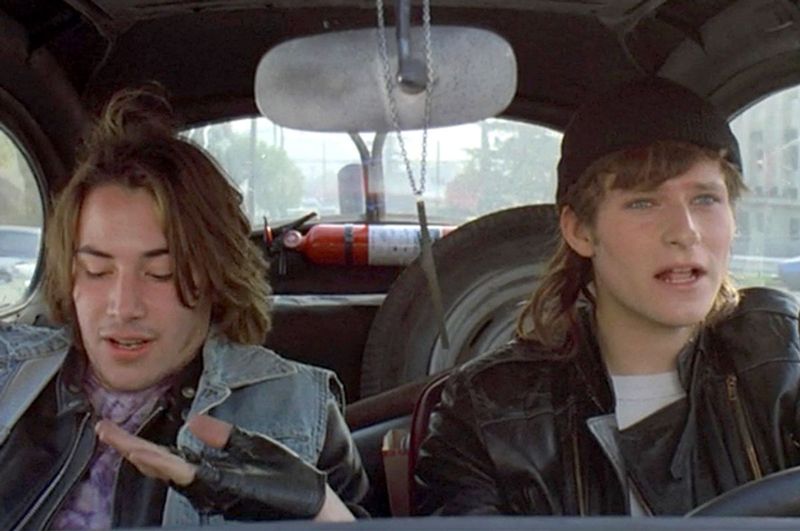
Whoever controlled the radio wielded absolute power! I still remember Mr. Wilson’s unbendable rule: “Driver picks the station, passengers suffer in silence.” This meant enduring endless easy listening when it was his turn to drive.
The introduction of cassette tapes to carpool culture sparked revolution. Suddenly everyone brought their own music, leading to heated negotiations over whose mixtape deserved airtime. The compromise was usually 10 minutes per passenger, strictly timed by the dashboard clock.
Car sing-alongs created unlikely friendships across social groups. Nothing bonded the debate team nerds with the soccer jocks faster than discovering we all knew every word to “Ice Ice Baby.” These impromptu concerts sometimes continued into the school hallways, cementing carpool camaraderie that transcended the usual cliques.
6. Lap Sitting Was Totally Normal
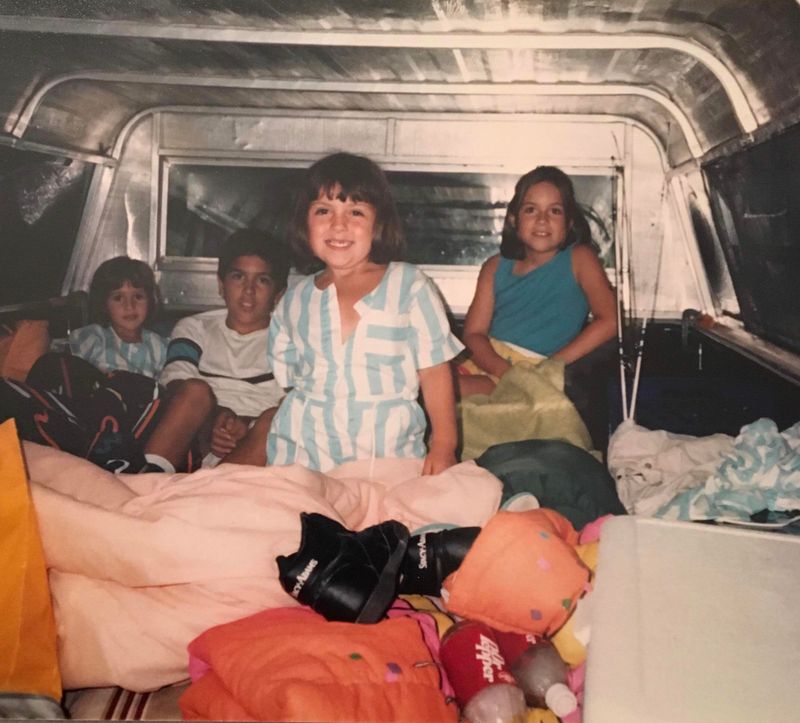
Kids today would never believe this, but we routinely had three or four children sharing the back seat with at least one perched on someone’s lap! My cousin and I would actually fight over who got to sit on Grandma’s lap during family trips.
No seatbelt laws meant that fitting eight people in a five-passenger car wasn’t just possible—it was expected. Parents would casually say, “We can fit one more, just hop on someone’s lap!” as if suggesting something completely reasonable.
The front middle seat—that mysterious space between driver and passenger—was prime real estate for the smallest kid, who’d often use the hump on the floor as a footrest while being squished from both sides.
7. The Unwritten Rules of Gas Money
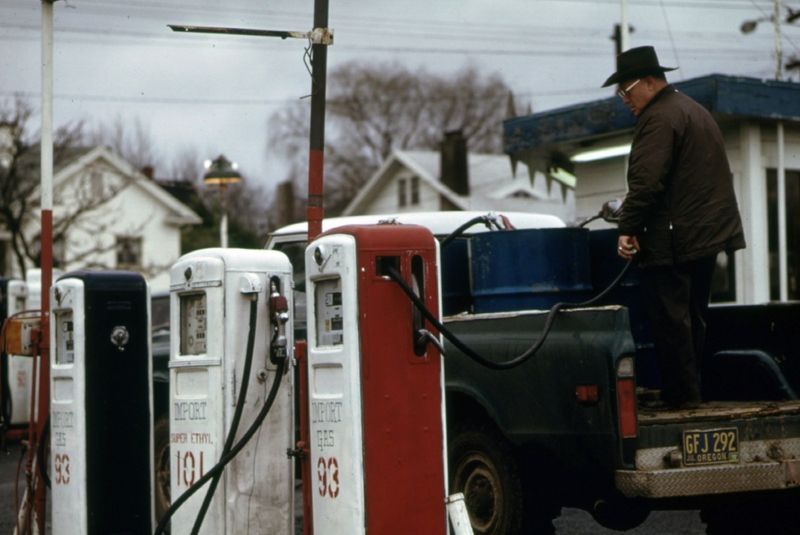
Gas money etiquette was more complex than international diplomacy! Some parents refused payment on principle, while others had precise calculations based on mileage. My friend’s mom kept a ledger tracking each family’s contributions down to the penny.
The awkward money handoff often happened with children as messengers. Nothing was more uncomfortable than delivering an envelope of cash to another kid’s parent while mumbling, “My mom said to give you this for gas.”
Creative compensation systems emerged when cash wasn’t practical. Mrs. Abernathy accepted homemade lasagna as payment for driving the soccer team, while Dr. Johnson preferred lawn mowing from the teenage passengers. These barter arrangements sometimes continued long after carpooling ended, creating lasting neighborhood economies based on who drove whom in the fifth grade.
8. The Mysterious Carpool Bag
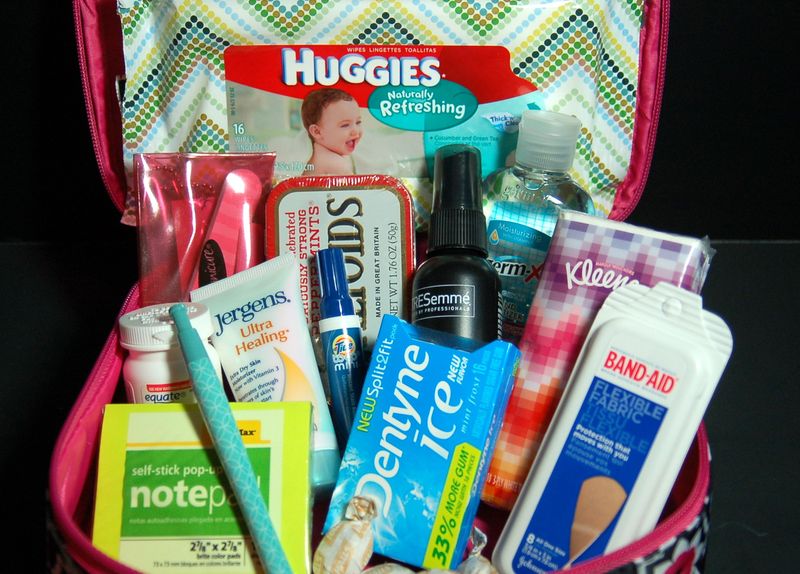
Every veteran carpool mom had an emergency bag that rivaled Mary Poppins’ magical carpetbag. When Katie spilled orange juice on her white shirt before the spelling bee, Mrs. Donovan produced a clean blouse, stain remover, and a travel-sized hair dryer in under 30 seconds!
These bags contained solutions to problems you hadn’t even imagined. Forgotten homework? There’s blank paper and pencils. Sudden nosebleed? Here’s an ice pack and tissues. Surprise rain shower? Behold a collapsible umbrella and plastic bags for wet shoes.
The most legendary carpool bags even contained snacks customized to each regular passenger’s preferences. I still remember my astonishment when Mrs. Chen handed me my favorite granola bar—the chewy kind with chocolate chips—after I mentioned missing breakfast on my very first ride with her.
9. The Art of the Quick Getaway
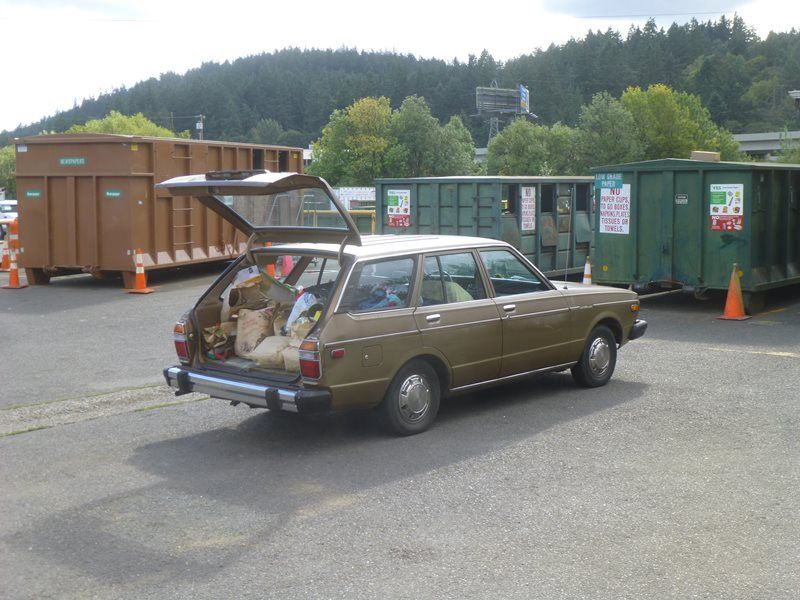
Carpool pickup zones operated with the precision of Formula One pit stops. We developed lightning-fast entry techniques that would impress special forces teams. I could spot our brown Oldsmobile from 100 yards and have my backpack on, conversation finished, and body in motion before it even reached the curb.
Drivers perfected the rolling stop pickup, barely slowing down as kids jumped in with practiced coordination. This controversial technique saved precious minutes but occasionally resulted in dropped band instruments or half-closed doors.
The ultimate carpool sin was making the driver wait. The shame of being “that kid” whose tardiness held up the entire operation was enough to make you sprint across campus with a tuba. The collective groan from other passengers when someone was late created a peer pressure system more effective than any school detention policy.
10. The Secret Life of Other People’s Parents
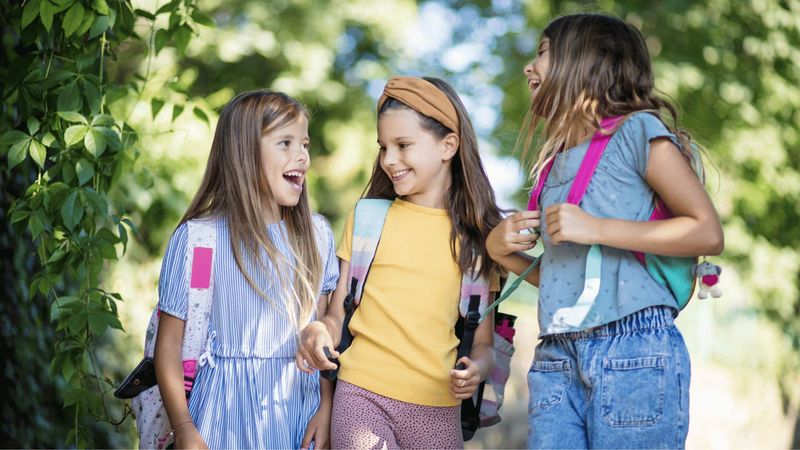
Carpooling gave me unprecedented access to how other families operated. I was shocked to discover that the Matthews family listened to NPR instead of morning zoo radio, and that Dr. Peterson sang opera at the top of his lungs during the entire drive!
These mobile anthropology sessions revealed fascinating details: which parents allowed swearing, who had the strictest rules about feet on seats, and whose car always smelled like cigarettes despite obvious attempts to mask it with pine tree air fresheners.
The most valuable intelligence gathered was about other parents’ moods and triggers. We all knew that Mrs. Castillo couldn’t handle noise before her coffee (visible in her ever-present travel mug), while Mr. Friedman actually encouraged backseat debates about current events. This knowledge helped us navigate the complex ecosystem of adult temperaments long before we had emotional intelligence vocabulary.
11. The Family Car Identity Crisis
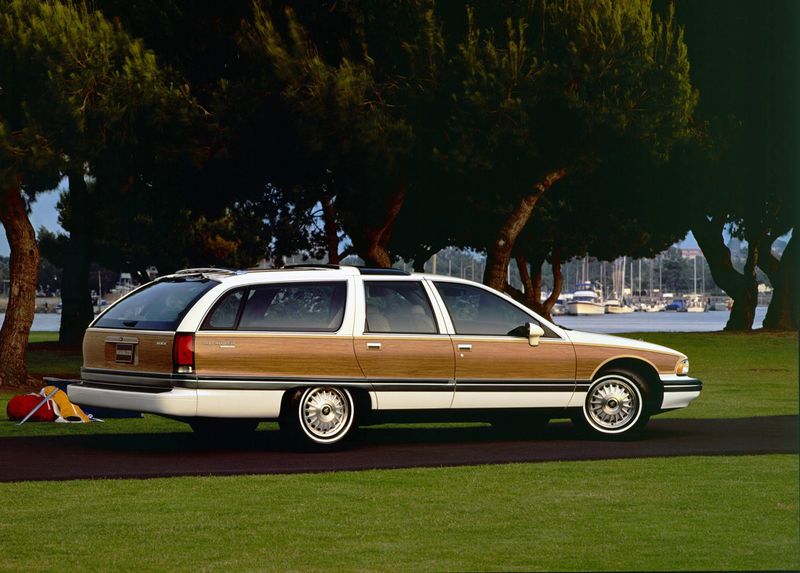
Your family car defined your social standing in the carpool hierarchy! The Johnsons’ pristine Volvo with leather seats put them at the top, while our perpetually messy Oldsmobile with mysterious sticky spots relegated us to the bottom tier.
Some cars became infamous for specific quirks. Everyone knew about the Wilsons’ station wagon with the passenger door that had to be opened from the outside, or the Garcias’ sedan where the backseat windows wouldn’t roll down. These mechanical personalities became part of carpool folklore.
The ultimate carpool flex was having a brand new car. When Mrs. Anderson picked us up in her just-purchased Taurus with that intoxicating new-car smell, we treated it like a mobile museum. Her strict “no eating, no drinking, shoes off” policy seemed reasonable given our collective awe at sitting in such pristine surroundings.
12. The Mobile Confession Booth
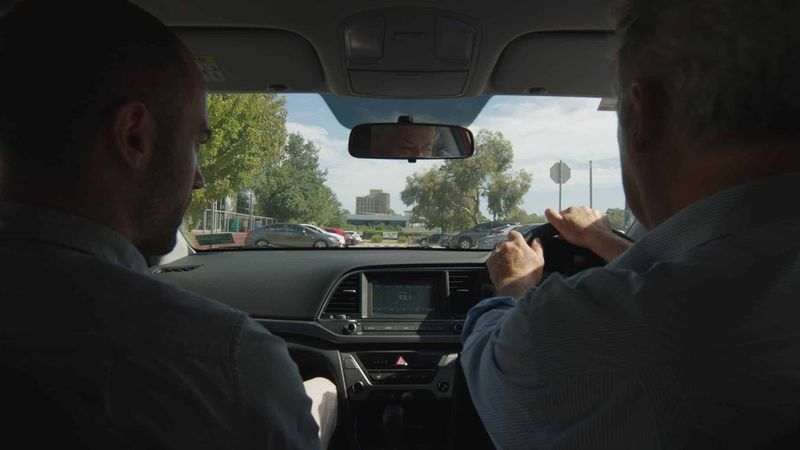
Something about being in transit created a strange truth serum effect. Sandwiched between math homework and basketball practice, I heard Jenny admit she still slept with her baby blanket and watched Jason cry over his parents’ divorce—conversations that would never have happened on school grounds.
The driver’s presence created unique dynamics. Some parents pretended to be deaf to backseat conversations, while others actively participated with advice or questions. Mrs. Peterson had a gift for asking just the right question that would get even the most tight-lipped teenager talking.
The most sacred carpool confidences happened during one-on-one rides. I’ll never forget Mr. Abrams telling me about immigrating from Hungary when he drove me home after a late debate practice. Something about staring forward at the road instead of making eye contact made these conversations possible in ways that face-to-face talks never could.
13. The Great Carpool Weather Panic
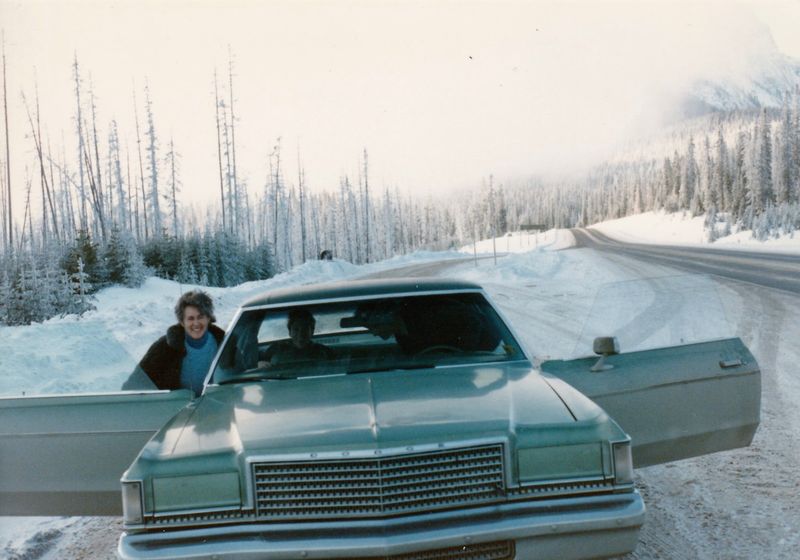
Snow flurries caused more communication than a military operation! The phone tree would activate at 5 AM with parents debating road conditions and alternate pickup plans. My mom once received seven calls before sunrise during a mild dusting that melted by noon.
Rainy days transformed orderly pickup lines into chaotic free-for-alls as parents abandoned the usual protocol to get closer to building entrances. These weather-induced traffic jams brought out both the best and worst in carpool participants—I witnessed both heartwarming umbrella sharing and shameless line-cutting.
Each driver had their weather reputation. Everyone wanted to be in Mr. Donnelly’s carpool during storms because he had four-wheel drive and had previously been a rescue diver. Meanwhile, Mrs. Wheeler was known to cancel at the first weather advisory, earning her the nickname “Fairweather Phyllis” among the less charitable parents.
14. The Elaborate Excuse Ecosystem
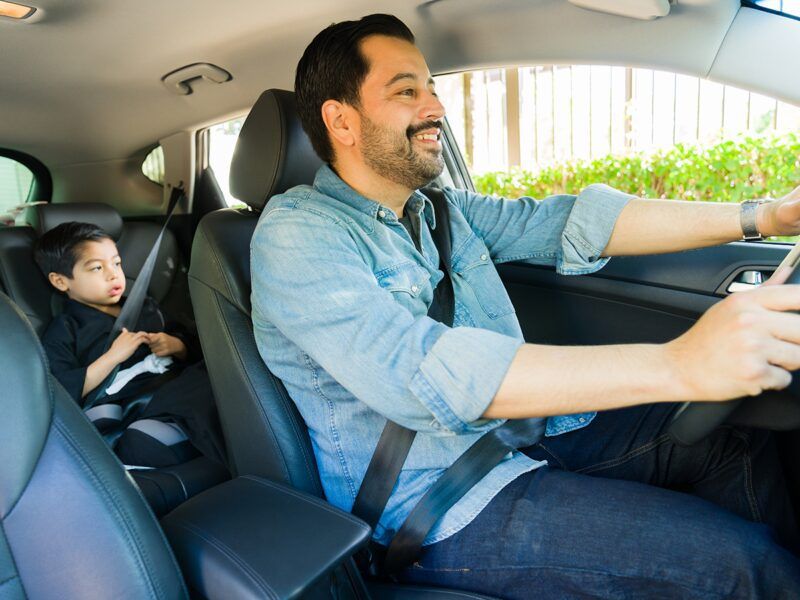
Getting out of carpool duty required creativity worthy of fiction awards! Parents developed increasingly elaborate excuses that no one dared question. My personal favorite was Mrs. Henderson’s “exotic pet emergency” that somehow prevented her from driving for three consecutive Tuesdays.
The community maintained a complex system of carpool karma. If you frequently ducked your driving responsibilities, you’d mysteriously find your child waiting long after practice or getting the worst seat assignments. This unspoken justice system kept most parents honest.
Emergency substitutes gained legendary status. Grandparents, older siblings, and occasional neighbor pinch-hitters who stepped in during carpool crises were treated with a mixture of curiosity and suspicion. I still remember the stunned silence when my friend’s 20-year-old brother with a mohawk and multiple earrings showed up instead of her mom. We all behaved perfectly that day.
15. The Lost Art of Carpool Diplomacy
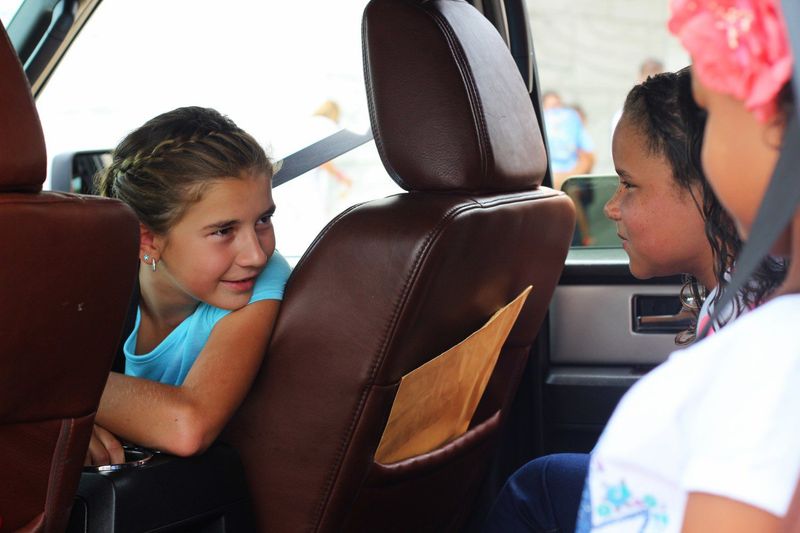
Carpooling created diplomatic situations worthy of the United Nations! When Taylor and Madison had a friendship-ending fight, their mothers still had to coordinate transportation to gymnastics. Watching adults navigate these situations taught me more about conflict resolution than any school program.
The carpool served as neutral territory for feuding friends. Something about being confined in a moving vehicle forced civility that could eventually lead to reconciliation. I witnessed at least three major middle school friendship repairs that began with grudging shared armrests and ended with tearful apologies before reaching our destination.
Parents developed subtle signals to communicate across vehicles at stoplights. A finger tapping on a watch meant “you’re running late,” while a questioning thumbs-up was asking “everything okay with the pickup?” This silent language allowed for mid-route adjustments without the children ever realizing the adults were coordinating behind the scenes.
